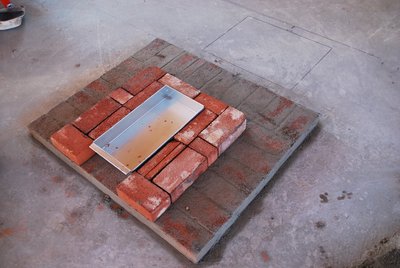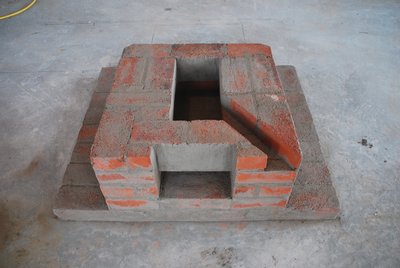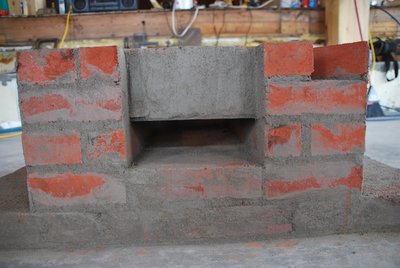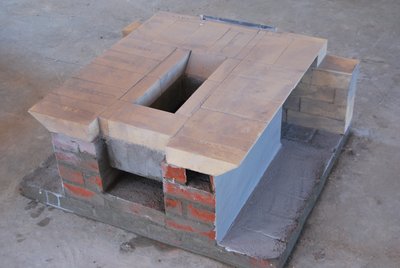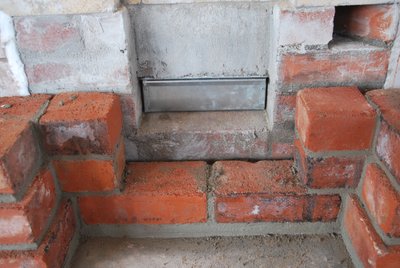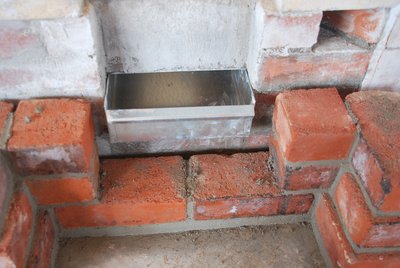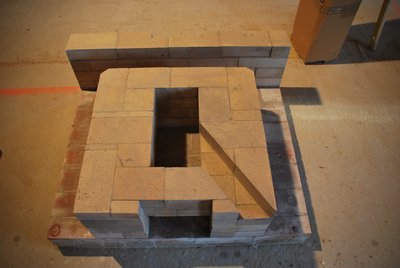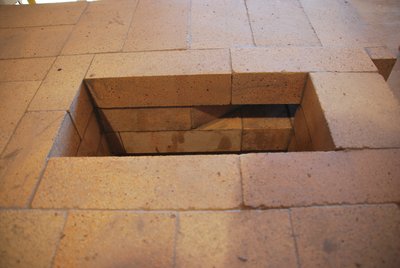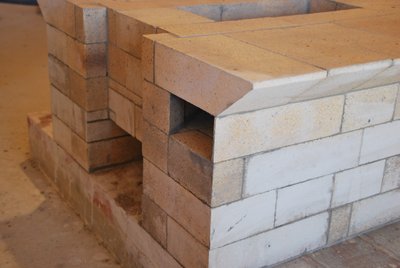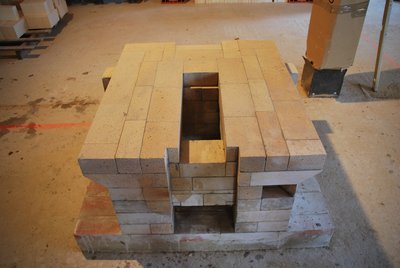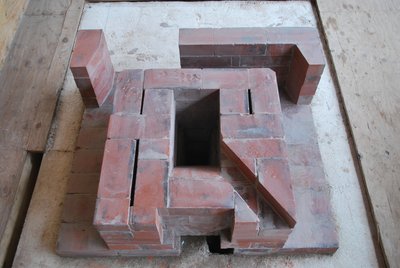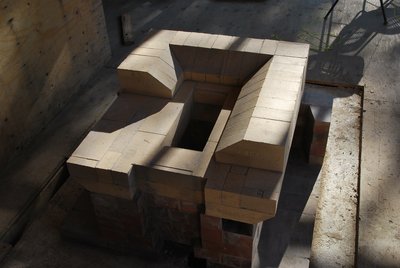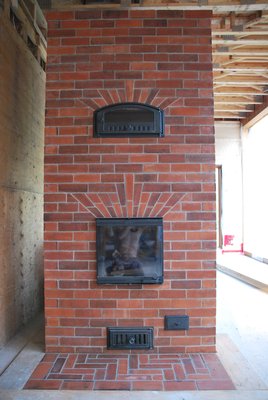Several years ago I followed the consensus opinion of North American stove builders and started to build stoves using over air as primary combustion air. This was obviously an improvement over under air, but did have one noticeable disadvantage. The embers would take much longer to burn when blasted from above by over air than when having under air forced through them via the grate. (High Performance Heating)
The fall in a stoves efficiency as thermal charge leaves via the smoke path during the ember stage is considerable and well documented by Alex Batsulin. (Determination of Heat Loss)
The object towards the end of combustion should be to finish the ember stage as quickly as possible so that the smoke path can be closed, and loss of the stove's thermal charge, via an open smoke path, stopped. The ember pile may look as though it is hot, but the stove will be losing more heat than it is gaining.
It is for this reason that adding an extra log to the ember pile and opening up the smoke path at the end of combustion, will probably be detrimental to efficiency. Light and heat are radiated directly from the fire box, giving the psychological impression of warmth, but the mass of the stove probably looses more charge than it captures during the logs combustion.
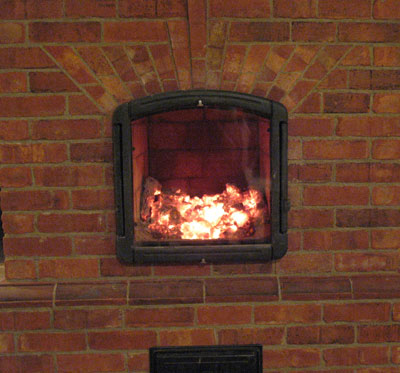
Unwanted embers.
Fanatics have been seen to shovel the embers from a stove and then run across the room, screaming “look out! hot embers!”, to throw them outside, before running back inside to quickly stamp on any pieces that fallen on the floor. This though, in most circumstances, is unacceptable.
In temperate zones where only small fires of 10 kg are needed, great attention is paid to the selection of wood and the stacking of the fire.
Hard wood is split relatively thin and burnt mixed with softwood, to avoid large lingering coals.
The damper can be closed in increments during the ember stages to allow just enough draw to evacuate the gasses and reduce loss of charge from the mass. Doing this though will considerably prolong the ember stage, especially in a stove using over air or having no grate.
In recent over air fired stoves an under air option has been added, where at the removal of a small cast iron door on the stoves facing, under air is allowed to flow beneath the grate. This means that the embers burn much more rapidly permitting the damper to be closed a lot sooner.
The cost of installing an under air option in a heater with basement ash drop, is negligible in both time and materials. The same installation in a stove with an ash removal box directly beneath the fire box is slightly more complex.
The disadvantages of the under air option are:
- That the area directly below the grate needs to be kept free from build up of ash, i.e. cleaned out regularly, for it to work.
- That the under air option may be used inappropriately by a free wheeling client.
- Also with this set up having to remove a door to let air into the under air channel, and place the door somewhere until it is replace 15 to 20 minutes later, is not ideal. A draught slide would be more convenient.
The below images illustrate three slightly different projects which employed the supplementary under air option.
Core Built on a slab with no basement below.
All images have an HD option. Click on image.
Note: The three elongated voids in the last course of the core, are of no relevance to the under air channel.
It is advisable to insert a wire pan scrub into the under air channel just behind the door, to reduce the chance of embers being blown out by a back draught.
Marcus Flynn
2011
